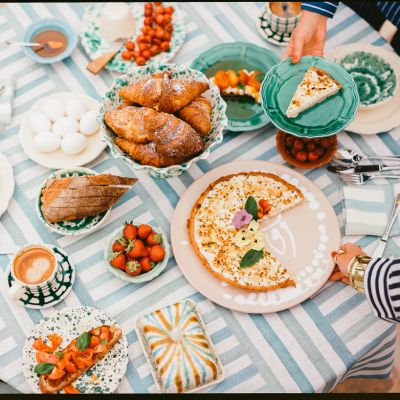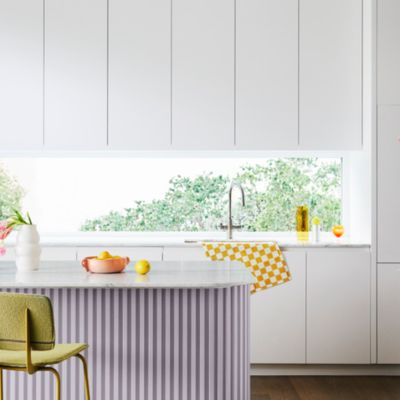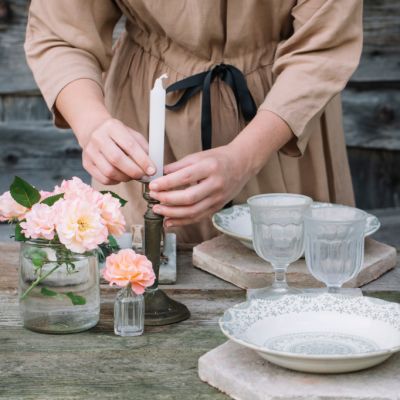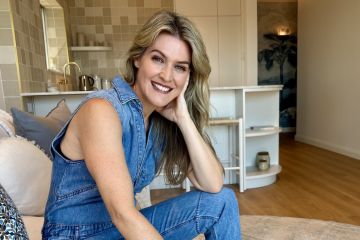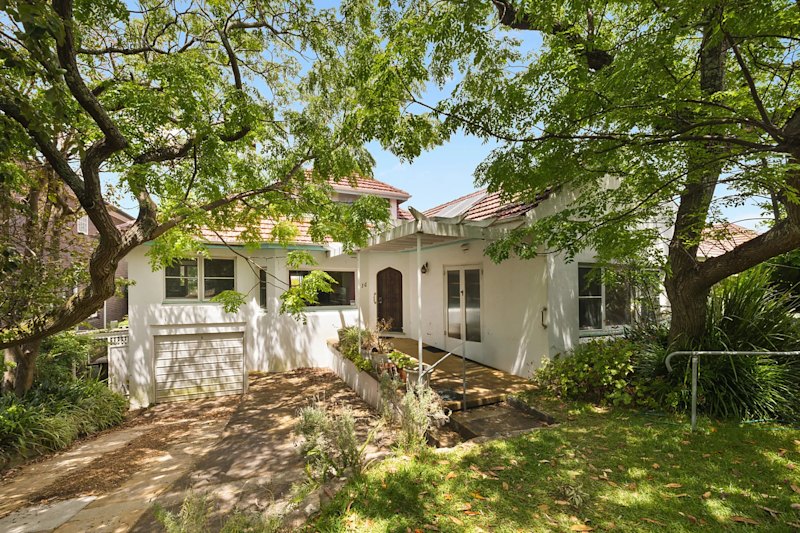Temple & Webster report reveals why we're loving entertaining at home
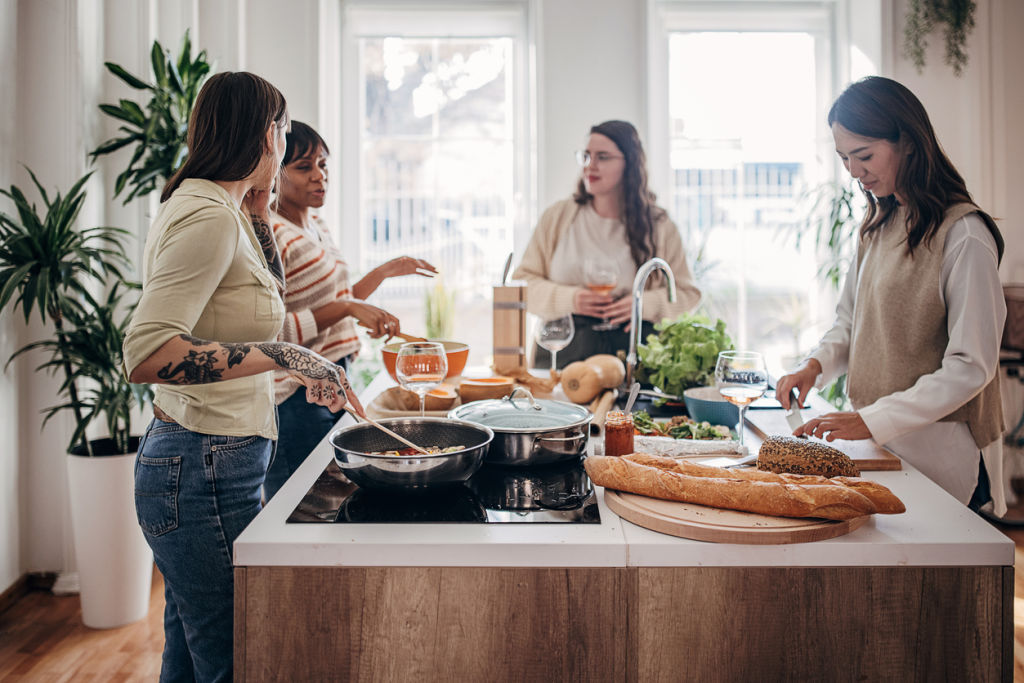
Australians are spending more time entertaining at home than they did before the COVID-19 pandemic, according to a recent report from online homewares retailer Temple & Webster – and a lot of it has nothing to do with the cost of living crisis.
In fact, while 87 per cent of the 1000 respondents in the ‘Australians Hosting at Home report say entertaining at home is a good way to “save money and have fun”, only 31 per cent say finances are a key motivator for them, and 53 per cent say their primary reason for entertaining is “joy”.
Sydney-based interior designer Anna-Carin McNamara says it’s true, in her experience, that Australians are more focused on entertaining than we used to be. She thinks it has something to do with the comfort and safety we feel when surrounded by loved ones in the sanctuary of our homes in a world that feels increasingly chaotic.
In her design work, McNamara often asks clients to “visualise their ultimate vision for happiness” and says, “predominantly what they see is a table somewhere in the garden, or a table in the house, somewhere set beautifully with flowers and candles, and their closest and dearest family and friends laughing around that table.”
This is reflected in the report: 90 per cent say they feel that sharing a meal is an important way of connecting with their wider family.
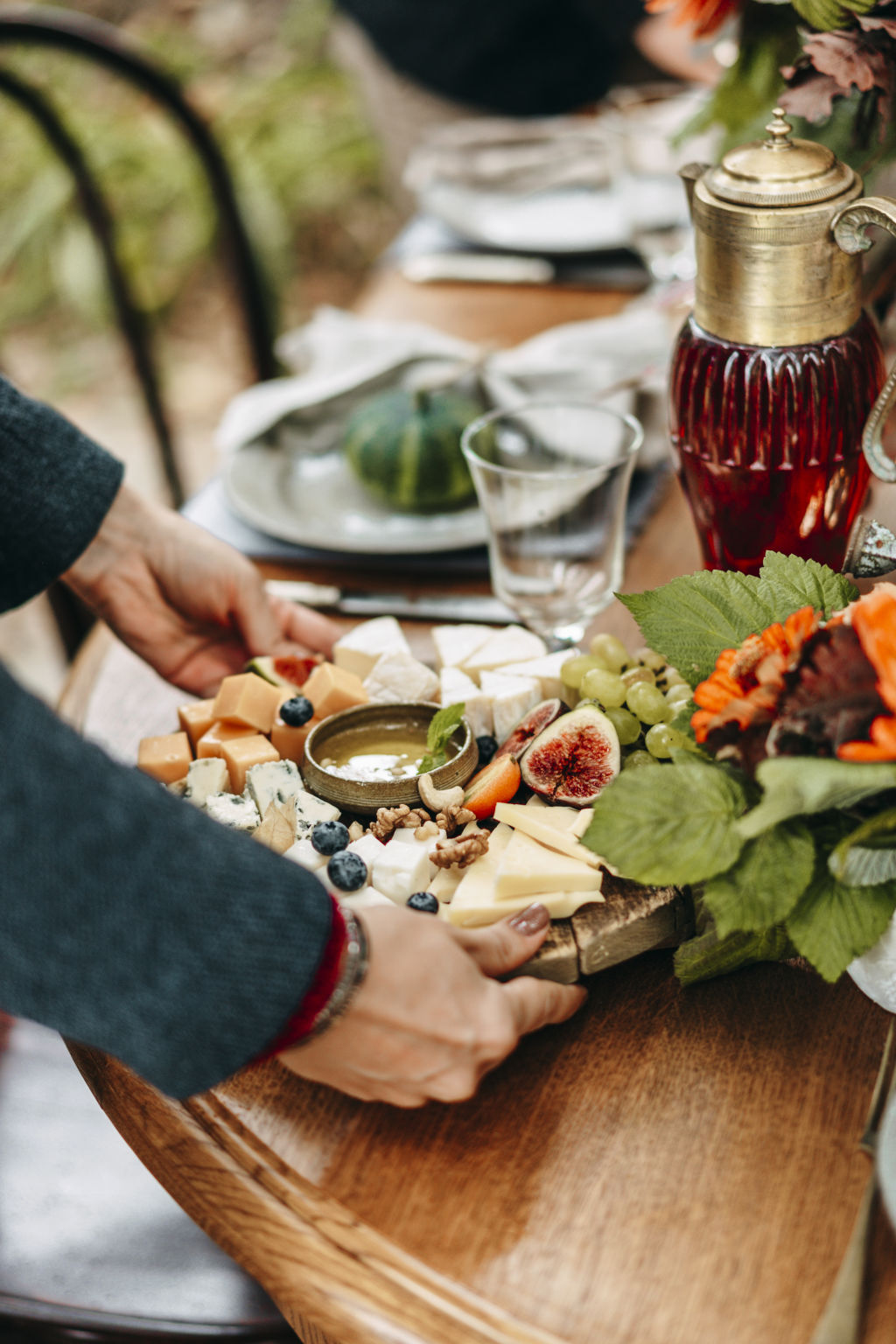
Fellow interior designer Darren Palmer agrees that feelings of comfort and the idea of home as a “shelter” play a key role in our growing love of entertaining – as well as our renewed appreciation for face-to-face interaction after pandemic lockdowns.
“[People] got into the habit of being at home, and then they [were] also denied the ability to have people in their home, so when they did, it’s like the floodgates opened,” he says. “And because they could, they did it en masse.”
Palmer also says that Gen X and Millennials, in particular, see their home as a reflection of their “true selves”. Almost 80 per cent of respondents report feeling more emotionally connected to their homes now than they did before the pandemic.
Interestingly, the report says that 49 per cent of Australians believe that guests judge their homes, which spurs them to invest money in their home decor: 54 per cent admit to having updated or made a purchase for their home in preparation for entertaining.
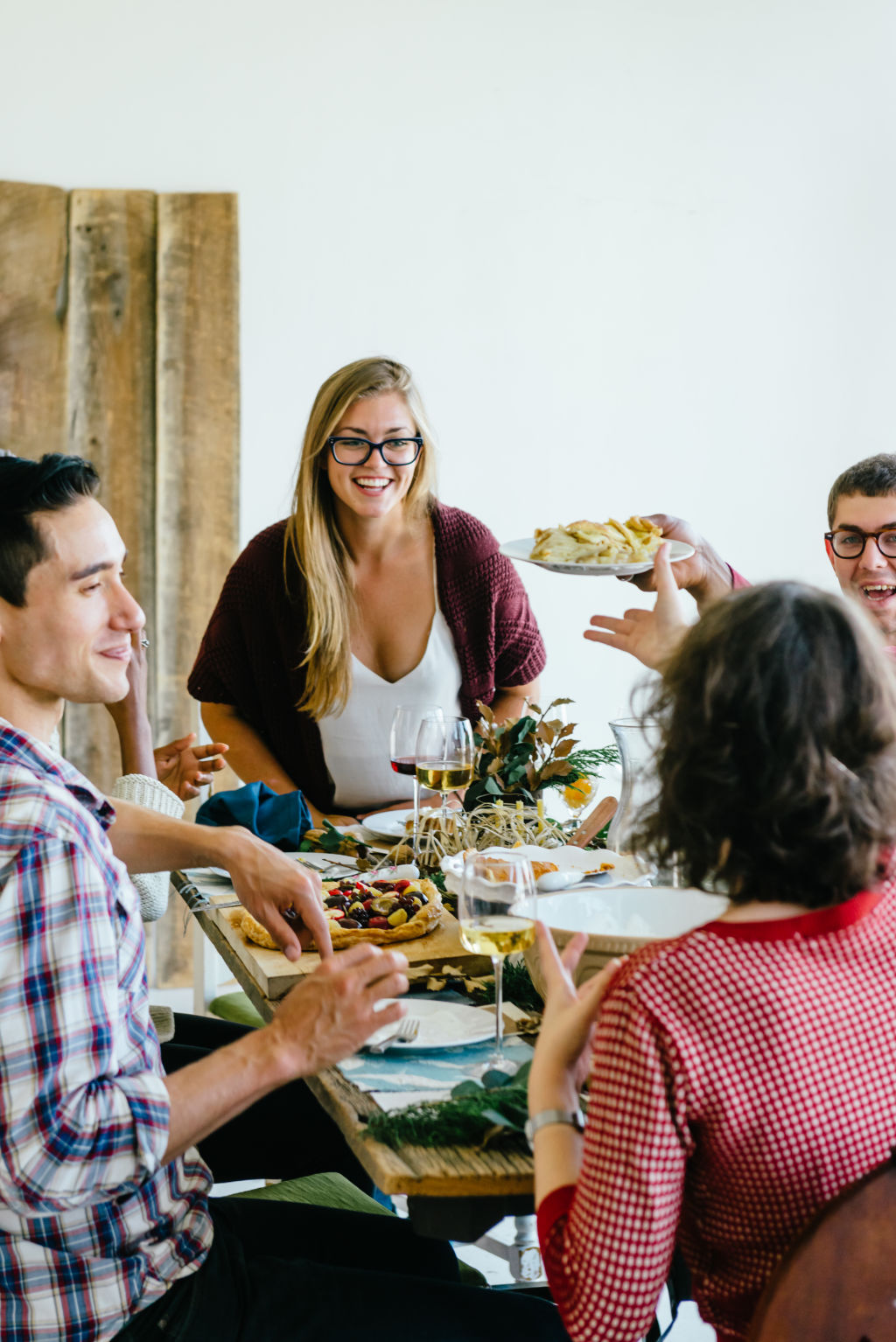
“Australians are inviting friends and family into thoughtfully curated spaces, whether it’s a cosy living room for coffee catch-ups, a stylishly set dining table for memorable meals, or outdoor areas that mirror interior comfort,” Palmer says. “It’s not just about hosting, it’s about sharing the beauty of our design choices.”
Aussies prefer to entertain in a more relaxed, informal way, according to the report, whether that be in the living area, sitting around the dining table, at the kitchen bench or outdoors by the barbecue.
In NSW and South Australia, the most popular forms of hosting are casual coffee or tea catch-ups, while Victorians love a relaxed lunch. Tasmanians most often entertain over dinner, while barbecues and games nights are popular in both Queensland and Western Australia.
Top tips for hosting at home
For Palmer, whose primary “idea of fun” is hosting a relaxed get-together with grazing platters, a laid-back lunch or barbecue, creating the ideal home entertaining scenario is all about mood and layering.
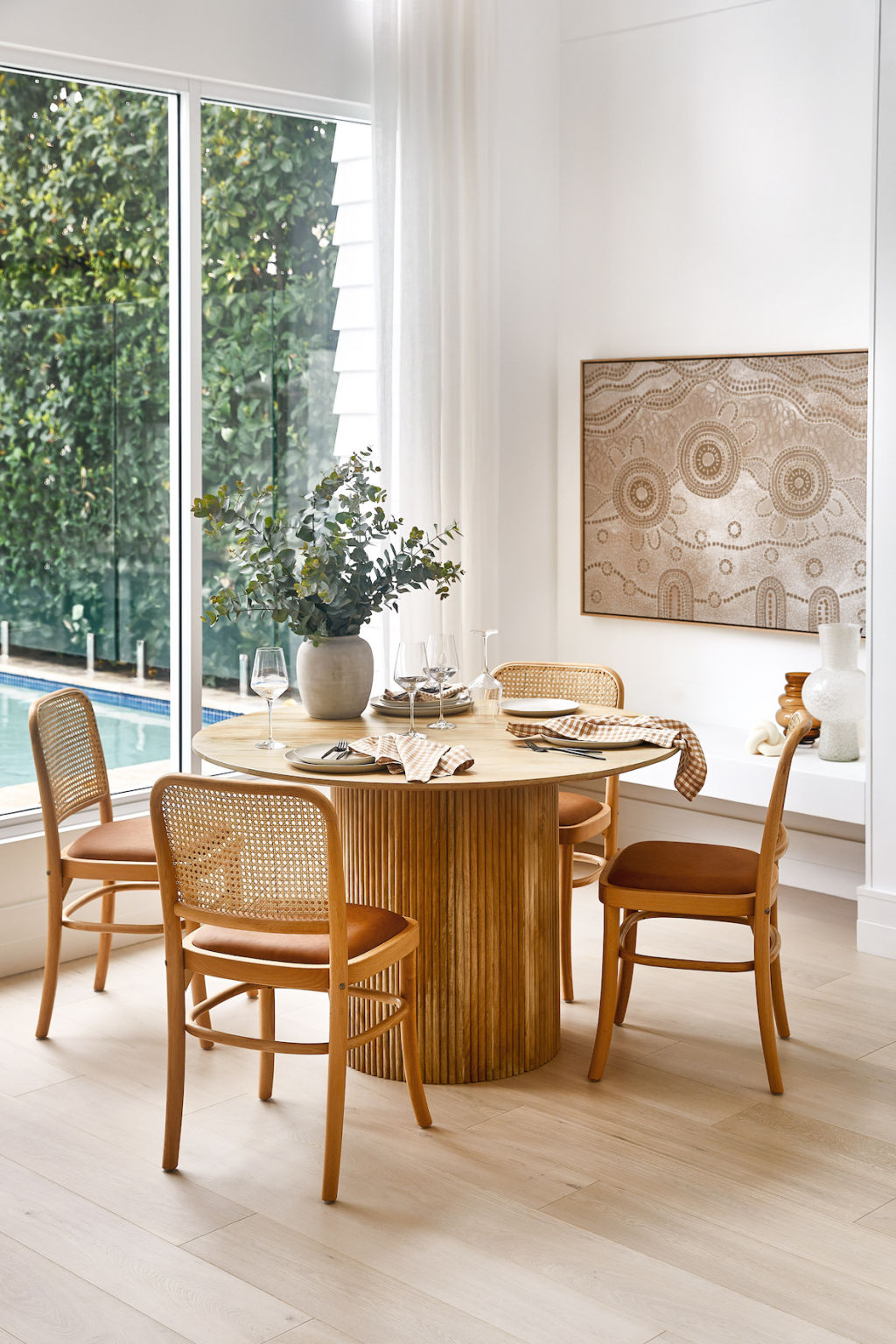
“Entertaining at home really is about what sort of mood you want to create for the people as they come into your home; how do you want them to feel,” he says. “So, things like art, rugs, soft furnishings, decor, even home fragrance … they’re really important. Lighting, also very important.”
Palmer says that it’s important to think about whether your guests will stand or sit and to arrange your furniture to facilitate comfort and conversation. He’s a fan of versatile furniture items like side tables, buffets, indoor-outdoor furniture and bar carts.
McNamara believes that the role of the host is to set the tone and “steer the conversation through beautiful questions”, as she did at a recent dinner party she hosted.
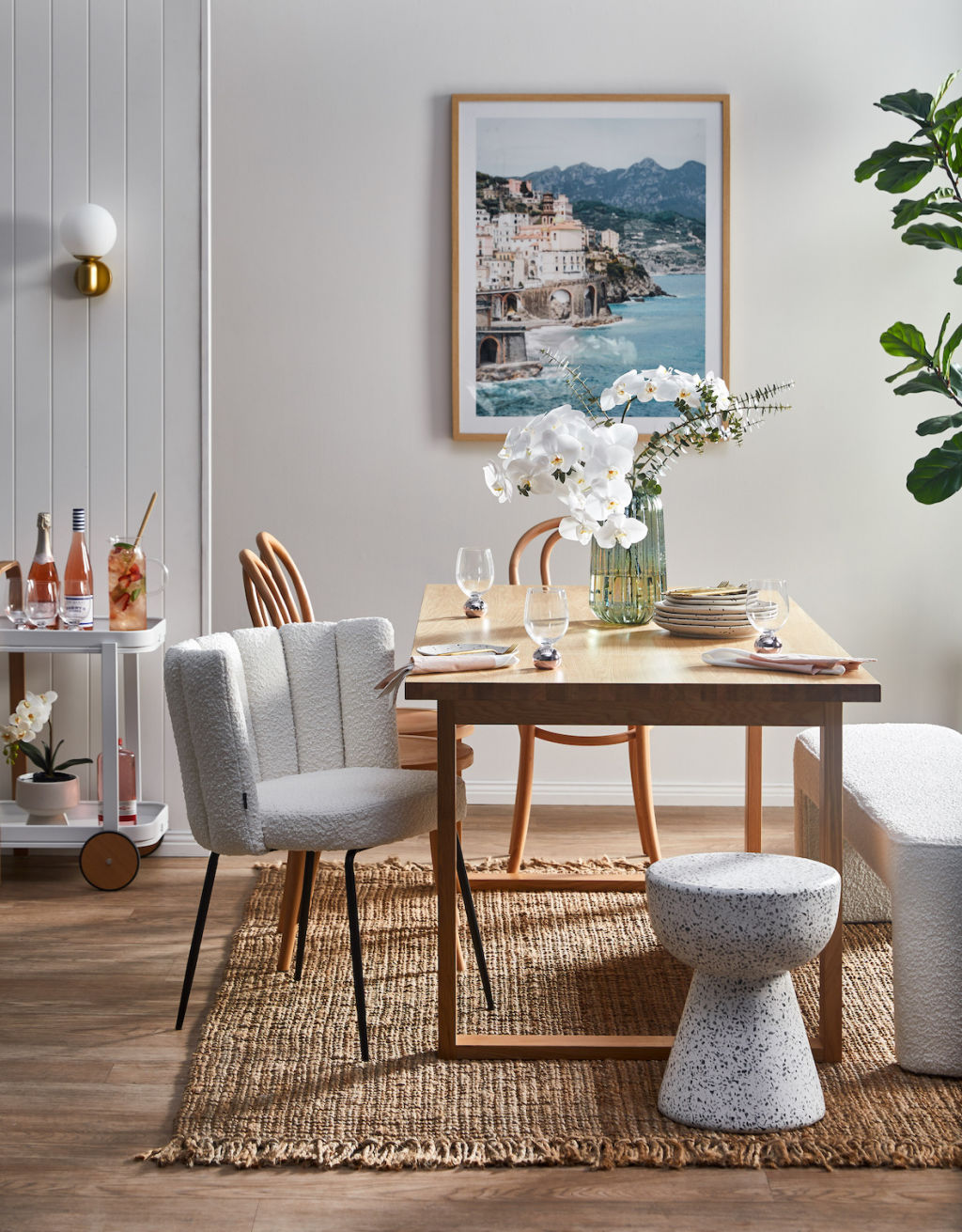
She suggests round tables for her clients where possible, owing to their “democratic” and “equalising” effect. She also takes care to think of the little things – like using an underlay beneath the tablecloth so dinnerware doesn’t clang when guests place it on the table.
McNamara also prioritises “rhythm and nature” when it comes to interiors and table settings.
“You need to have high and low … You can’t really have things at eye level because you need to be able to make eye contact with the people around you,” she says. “I quite like to have the flowers cut quite low and lots of little vases on the table … and then the occasional high [vase] to give it that rhythm.”
For anyone feeling self-conscious about their home, however, McNamara has some simple advice:
“Keep it free from dust and dirt and junk that’s piling up,” she says. “Then any home is beautiful.”
We recommend
We thought you might like
States
Capital Cities
Capital Cities - Rentals
Popular Areas
Allhomes
More
- © 2025, CoStar Group Inc.
